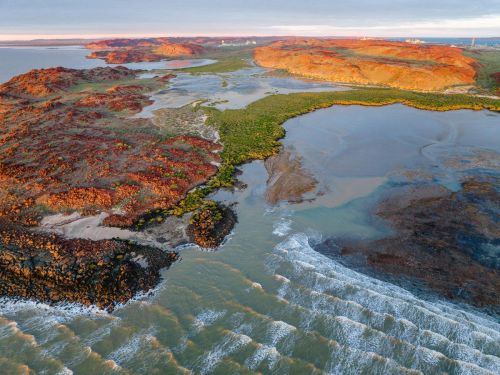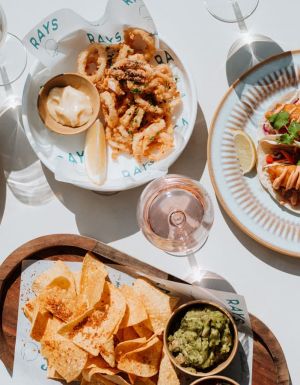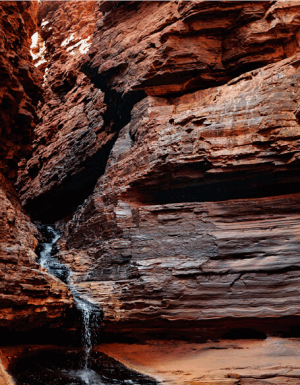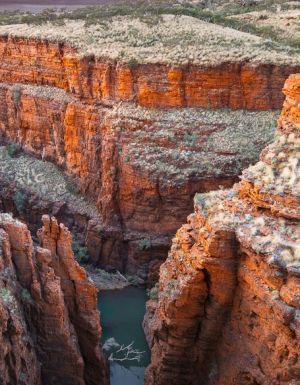It’s over 47,000 years old, more remote than Uluṟu, and finally recognised as one of the most significant cultural sites on Earth.
Western Australia is now home to the world’s newest UNESCO World Heritage listing. The Murujuga Cultural Landscape, located in the remote Pilbara region near Karratha, has officially been inscribed as a Cultural World Heritage site, joining the ranks of Budj Bim, Uluṟu and Kakadu. It’s a moment First Nations Custodians have fought for over decades, and a decision that comes with both celebration and concern.
The listing was confirmed on 11 July 2025 at UNESCO’s 47th World Heritage Committee meeting in Paris.
A spiritual and cultural win

Murujuga – home to one of the world’s oldest and largest known collections of engraved rock art – was recognised for its outstanding cultural and spiritual value, inscribed for bearing exceptional testimony to one of the world’s oldest continuing cultures. The petroglyphs that cover the peninsula depict everything from thylacines and turtles to early human life and ancestral stories.
“Our rock art tells the stories of our people, and maintains our songlines and bloodline connection to our ngurra (Country)," said Raelene Cooper, a Murujuga custodian of the Mardudhunera people and founder of Save Our Songlines , who travelled to Paris to witness the announcement.

The inscription has been decades in the making, led by the Murujuga Aboriginal Corporation (MAC) and supported by the WA Government.
“This is an exceptionally proud moment for us," MAC chair Peter Hicks said.
“It is recognition of the hard work that MAC has put in to progressing this nomination, but it is also recognition of the way our ancestors have managed this extraordinary landscape for over 50,000 years. We are proud to continue that legacy."
However, concerns remain. The site is surrounded by heavy industry, including Woodside’s North West Shelf gas project, and decades of emissions have raised alarms among scientists and custodians alike.
Is Murujuga still at risk?

In a rare move, the inscription came with an official amendment calling for “continued research and monitoring" of industrial impacts on the site.
Recent research by Bonn University and a report from the International Council on Monuments and Sites (ICOMOS) – UNESCO’s own advisory body – have warned that industrial emissions are accelerating the degradation of the rock surfaces, potentially erasing thousands of years of history. Some argue that the Australian Government downplayed this data in their executive summary to UNESCO.
“The final decision today falls well short of the protections that expert body ICOMOS has recommended," Cooper said.
“But comments from World Heritage Committee members today send a clear signal to the Australian Government and Woodside that things need to change to prevent the ongoing desecration of Murujuga by polluting industry."

Ben Smith, Professor of Archaeology (World Rock Art) at the University of Western Australia, said that the scientific data clearly demonstrated the advanced weathering of the Murujuga petroglyphs from pollutants from the Woodside gas processing facility.
“One only hopes that Murujuga’s listing as a World Heritage Site spurs the government to no longer shirk their responsibility to conserve and protect this globally significant rock art site, and we see proper measures put in place to stop the polluting gas industry from degrading our First Nations cultural heritage," Smith said.
In May, Environment Minister Murray Watt granted conditional approval for Woodside to extend its gas processing operations on the Burrup Peninsula until 2070. The conditions are yet to be made public.
How to visit with respect

The Murujuga Cultural Landscape is accessible via Karratha, and visitors can join cultural tours run by Traditional Custodians through the MAC , which provide insight into the ancient stories, Dreaming and deep connections that shape this living landscape.














